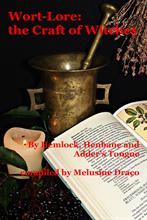
The first step to take when it leaves is to complete a simple ritual of following its steps from the door, along the path to the gate with a stiff yard broom saying over and over again ‘Name … get thee gone and never come back’ while sprinkling sea-salt in your wake. It’s a trifle awkward to both jobs at once but it usually works … especially if completed in tandem with a banishing/cleansing ritual inside the house where it’s been.
For the cleansing we will need an infusion spray of leaves (and flowers if in season) of sorcerer’s violet (periwinkle). It was believed that the plant could protect against evil spirits, and in some places, it was alleged that unwelcome guests could not enter a building where periwinkle hung above the entrance. The dried flowers may be added to any magical mixture to enhance the working and banishes negative energy.
Together with woody nightshade, or bittersweet - a pretty climbing plant from the hedgerows that has purple flowers in the summer and deep ruby red berries in the autumn. Its magical uses are similar to those of deadly nightshade and any plant in the nightshade family can be used interchangeably for most workings. Woody nightshade adds power to any magic carried out at the Dark of the Moon and is great for spells involving protection. Hang a bunch upside down by the entrances of your home to protect it and yourself from harmful energies, negative magic, spirits and people. For its magic to work, however, no one must know where it has been placed. A useful plant to have growing about the place.
Water for an infusion spray is prepared in the same way as a pot of tea but it is essential that the liquid be kept covered for 10-15 minutes before straining through a muslin sieve into a small spray to ensure all the magical properties have been extracted. The ideal container is a small plant spray bottle that holds about a cup full of water in order to cleanse or protect the home from negative energies left behind by our unwanted guest.
Infuse the woody nightshade (leaves, berries and flowers) and sorcerer’s violet in boiling water for 10-15 minutes; if using the woody part of the plant for extra strength, pouring boiling water over it is not sufficient to extract the active ingredient. Allow it to simmer for at least 20 minutes and strain through a nylon sieve while hot – let it cool before pouring into a spray bottle and add a fresh flowers or leaves to the liquid. This cleansing or purifying mist permits treatment of everything in the room.
Discard any remaining liquid immediately and wash the bottle thoroughly by running clear water through the spray so that future magical workings aren’t compromised by any psychic residue. If we intend repeating the working over a period of, say, three days for a protective ritual, any remaining liquid can be kept in the fridge for the duration of the treatment but must be discarded on the third day or it could turn rancid. Once the cleansing ritual has been completed, I suggest the added precaution of using lavender oil in an evaporator or burning joss sticks for purification purposes.
And if the spectre of murder is still beckoning why not consider a nice bottling or binding. Many people confused the two and, although similar in preparation, the long-term outcome is often employed for different purposes. Neither carry the finality or strength of a full-blown curse and, unlike the curse, both can be ‘undone’ should it become necessary to negate the spell for whatever reason. Curses, in the long term, are usually counter-productive and self-defeating, since few people who throw a curse bother to concern themselves with the far-reaching implications. Binding and bottling give a far greater ‘control’ over the outcome and if, at the end of the day, you decide it’s really not worth the effort, then the bottling or binding can be undone … a curse cannot.
Word-Lore: The Craft of Witches compiled by Melusine Draco is published by Ignotus Press UK. ISBN 978 1 78876 449 0 www.feadaread.com
By Spellbook & Candle: Hexing, Cursing, Bottling & Binding by Melusine Draco is published by Moon Books ISBN 978 1 78099 563 2 www.moon-books.net

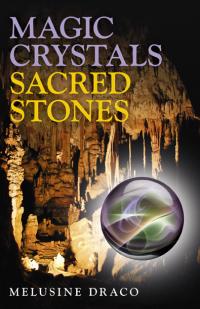
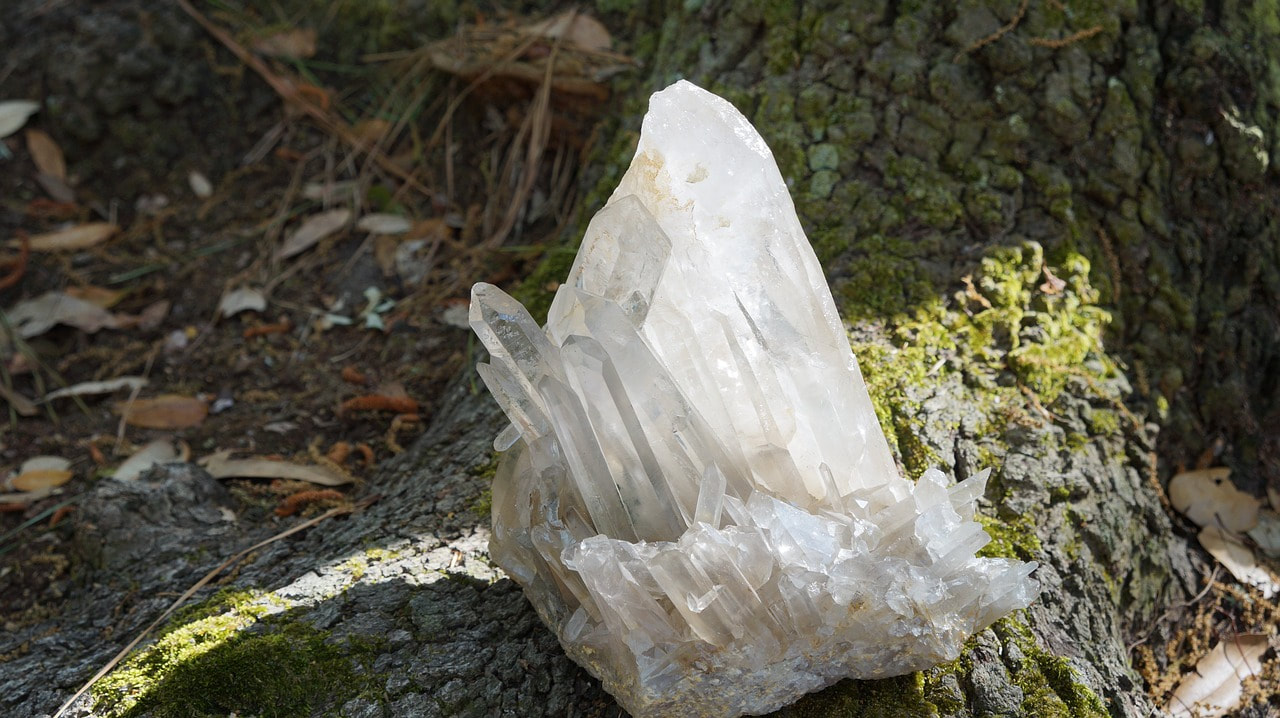
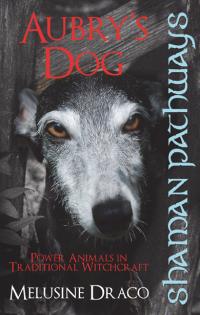

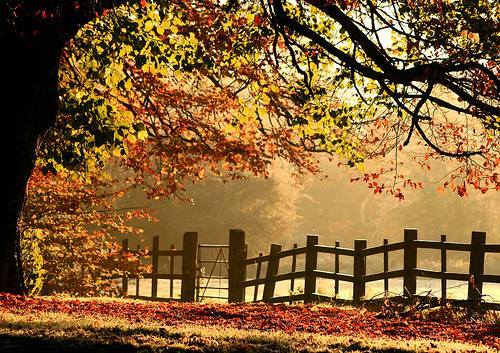
 RSS Feed
RSS Feed